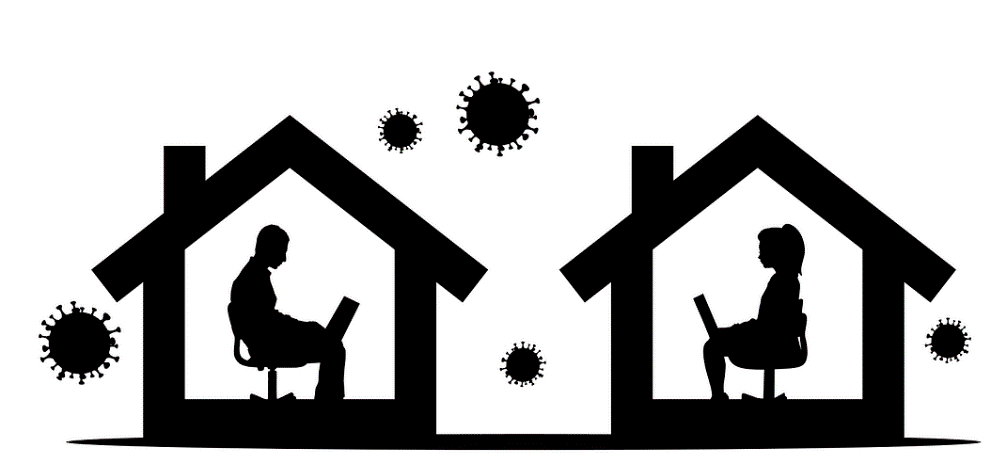John Quiggin’s piece in The Conversation (September 3, 2020) on the productivity gains that appear to have resulted from enforced working from home during COVID lockdowns is mind blowing. Talk about a beautiful example to illustrate how complexity produces unexpected effects when a key element is disrupted. Wow!
If he is half-way right, and if companies and organisations jump in to benefit from it in these difficult times, the flow on effects will be enormous. As these effects lurch out of the forest, they may change society in ways we did not expect. Here are ten quick speculations, partly fuelled by straws already blowing in the wind.
First, we may see more ‘tree changing’ as people are freed from place related work ties and choose to move to regional areas (a change already underway to some degree for other reasons.) This has numerous knock-on effects about how we live, work, travel, relate, etc.
Second, we may see large office buildings moving into the white-elephant category partly because people are less likely to work there and partly because, unless we completely dominate COVID, they’ll be seen to be virus incubators. Push the lift buttons, anyone?
Third, commuting patterns—and with this vehicle buying patterns, fuel consumption etc—could change. This might have positive impacts on greenhouse gas emissions, though what the effect of more people in private houses brings I’m not competent even to speculate.
Fourth, as work becomes less of a site for forming acquaintanceships and friendships, perhaps neighbourliness will slowly resurge, with a reversal of suburbs as mere ‘dormitories’ and (maybe) more local ties and interaction. Again, this has numerous possible consequences. This, and the first point above could see partial reversal of a several-centuries long migration to the city.
Fifth, work itself seems likely to change in ways that Quiggin points to: not least a very different way of ‘supervising’, the demise of middle managers and perhaps more delegation and ‘mission command’ like structures. This would have complex consequences for autonomy, work satisfaction, control, hierarchies, etc.
Sixth, as many have observed already, working from home in your track suit and not getting spiffed up for work has all sorts of impacts on the retail trade in clothes, shoes, cosmetics, etc. But be happy if you make webcams or design video conferencing software platforms.
Seventh, there may yet be another round of status differentials to layer on top of what we already have. In the same way that the 20th Century saw an increase in the gap between non-manual and manual labour (the latter generally declining in status) so we could see the emergence of ‘having to go to work’ as either low status or very high status (only the top bosses do it) or even some bi-polar effect of both of these with a moderated middle of people who work from home.
Eighth, the impacts on family and household life are likely to be many and varied from possible positives (more time to interact with the kids?) to negative (we have already seen lockdowns associated with increased domestic violence.) How household budgets will change and adjust is to be seen, with effects more widely spread than just those indicated above.
Ninth, what impact will this have on health and well-being? Will we see paunchy, pasty-faced hermits in their depressing caves, or people who walk and jog their suburb more? Will they eat better, or worse?
Finally, and importantly, all of these changes are unlikely to emerge evenly across society. Apart from the status question (seven above), key issues of these changes, if they occur, will relate to gender and generation. If we all stay at home—and if the kids get home schooling—how likely is it that the burden of domestic life will fall evenly on all partners? In ‘straight’ couples, women have always been lumped with more of the effort and it would be unusual (if desirable) if this was suddenly redressed. Will “a man’s home is his castle” re-emerge? Generational effects are also not trivial. While we can speculate about impacts on relatively conventional models of wife, husband and kids, the many other types of residential arrangement differ and young people, living at home, alone or in shared dwellings, are unlikely to have the same experiences, for better or worse.
It is likely that I have but scratched the surface with these thoughts. I’m fascinated to know what others think.

